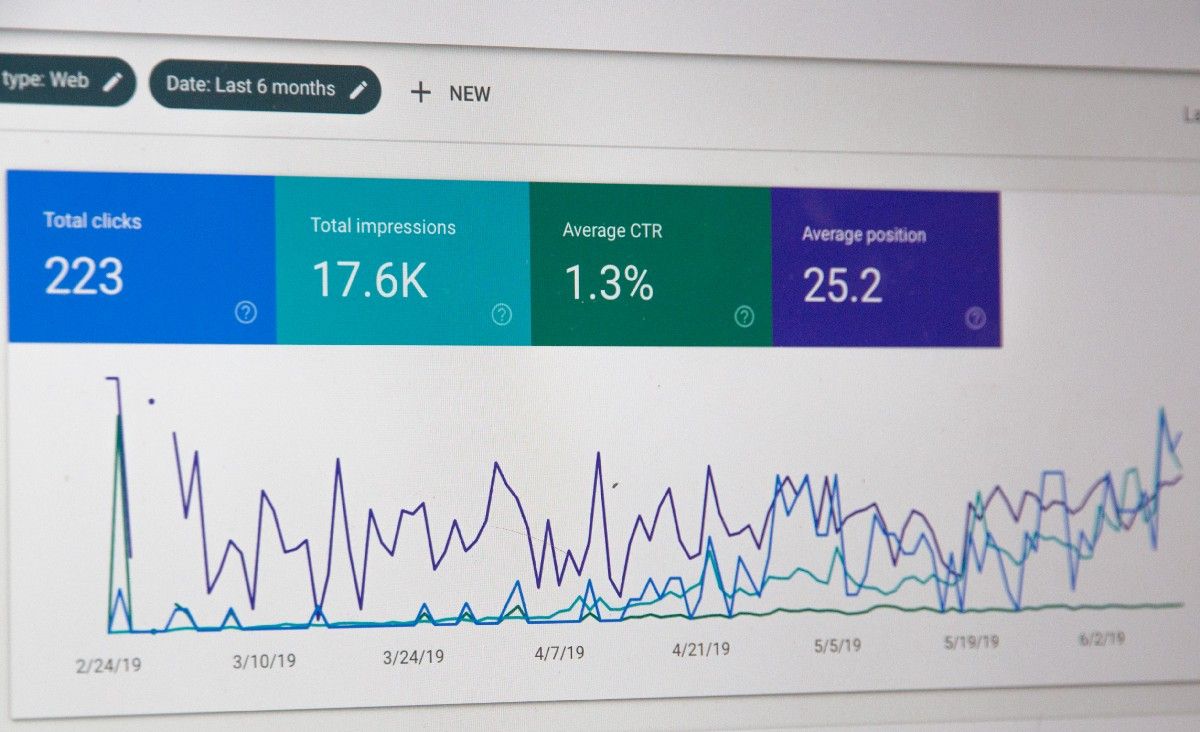The Future of Web Monetization
3 minute read
( )
This post is also available in different formats so you can read on the go or share it around!
An Open Internet for Everyone - Changing the way we pay on the web
In October I attended MozFest 2019, a gathering of people all far and wide who are invested in the open internet and principals which it stands for. One session I found particularly interesting was discussions around Grant for the Web — an initiative by Coil, Mozilla, and Creative Commons to discover different ways of monetization for individual creators. The web today has settled around a few business models we have become accustomed to but the Grant for the Web aims to find new business models for web monetization, the question is how?

Photo by Webaroo.com.au on Unsplash
What does web Monetization look like right now?
There are two major ways I deal with monetized content on the web and you deal with them too. A service can offer their videos, articles and other content behind a paywall. If you’re reading this on Medium, all articles are viewable by anyone but you can only read a limited number of articles per month before you have to subscribe.
The current alternative is advertising, everything is free but you pay with your data and time. A YouTube video may have adverts at the beginning, interstitials sprinkled throughout and adverts between videos. This is how the web works. It’s become an expectation, you write an article and host it on a platform. Either the platform makes money somehow or you do (minus a small cut).
Often platforms will use a combination of these business models to monetize the content creators make. There are many benefits to using platforms besides making money. Platforms can ensure you garner further reach, they promote your content to the people who want to see it most but there are challenges which every creator faces. They are beholden to the platform.

Photo by Brad Barmore on Unsplash
The challenges of platforms for independent creators
Beholden to the platform
The large companies which offer their services as platforms for content creators are omnipotent. If you want to be on their platform then you have to follow their rules. Take the recent changes to the YouTube terms of service, allowing YouTube to remove channels without giving a reason. As a content creator, whenever you rely on a platform which you have no control over, you are putting trust into the platform. You are trusting that what you create will be served, your rights will be preserved and the platform will act in your best interest.
AI and Recommendation systems
Is your article good? Does your video contain copyright material? Is your content relevant? These questions are delegated to AI and algorithms which are controlled by the platforms. The algorithm determines who will be recommended your video. It decides when to show it and where. The AI will flag your video if it thinks there is copyright material within it.
The challenge with these systems is that they are often opaque. They are a blackbox to creators and sometimes even to the platform holders. This leads to creators catering their content to appeal to the algorithm. It can stifle creativity and encourages a particular kind of content creation. If you know a topic won’t appeal to the algorithm, why cover it. If your content isn’t being recommended to the people it should, why not? Creators have to ponder the decisions of an algorithm they have no control over.
Clicks over quality
What determines quality? Current business models rely on clicks to determine how popular content is and popularity is the measure of quality. Content with low appeal or a small niche may be highly relevant to that audience but the volume of readers/viewers/listeners may mean it doesn’t get the attention it deserves.

Photo by Robynne Hu on Unsplash
What do we want web monetization to look like in the future?
This is the very aim of the Grant for the Web, to fund individuals, projects and communities looking to create new ways of monetizing content on the web. Monetization systems which build on the core tenants of the web, accessibility, open and privacy focused. Mozilla say that the fund could, “allow content creators the financial freedom to move away from advertising and data mining and applications”, from A $100 Million Investment to Reshape the Economics of the Web.
My hope is that this fund will find other business models to shift power towards creators and provide more options than currently exist on the web today. Enabling creators to be paid directly allows creators to focus on the content they want to make and serve a specific audience of their choosing. It also devolves power from large platforms to individual creators and could offer alternatives to data-mining heavy platforms which exist today. This means better privacy for creators and consumers. I’m also excited to see how these ideas evolve and impact the web, potentially even impacting the APIs we have available as developers.
What changes need to happen to help facilitate open web monetization?
Coil’s aim is to help facilitate this future, today. They provide a service which allows content creators to get paid online directly by people consuming content. It works anywhere on the web and gives creators flexibility over how they monetize but the biggest challenge I see is adoption. Coil is easy to set up as a creator but we have an imperative to monetize what we create. There is more friction for the person consuming your content. What drives them to sign up for a service to pay you? Why should they pay when there is an expectation that everything online is free?
I think that a common standard of monetization for the web and the creation of new browser APIs could improve the adoption rate of future web monetization. Only once everyone is equipped with the capability in their browsers, will creators start to see adequate compensation for the content they create and consumers will become more accustomed to paying in this new way. I’m excited to see what will come from the grant, my hope is that it will disrupt the current system and open up many new possibilities that follow the core principles of the web.
Thanks for reading and if you found this interesting, you might like "I’m not subscribing to your SaaS".
The title image contains a great illustration by https://www.drawkit.io/.

A Fullstack Software Engineer working with React and Django. My main focus is JavaScript specialising in frontend UI with React. I like to explore different frameworks and technologies in my spare time. Learning languages (programming and real life) is a blast.